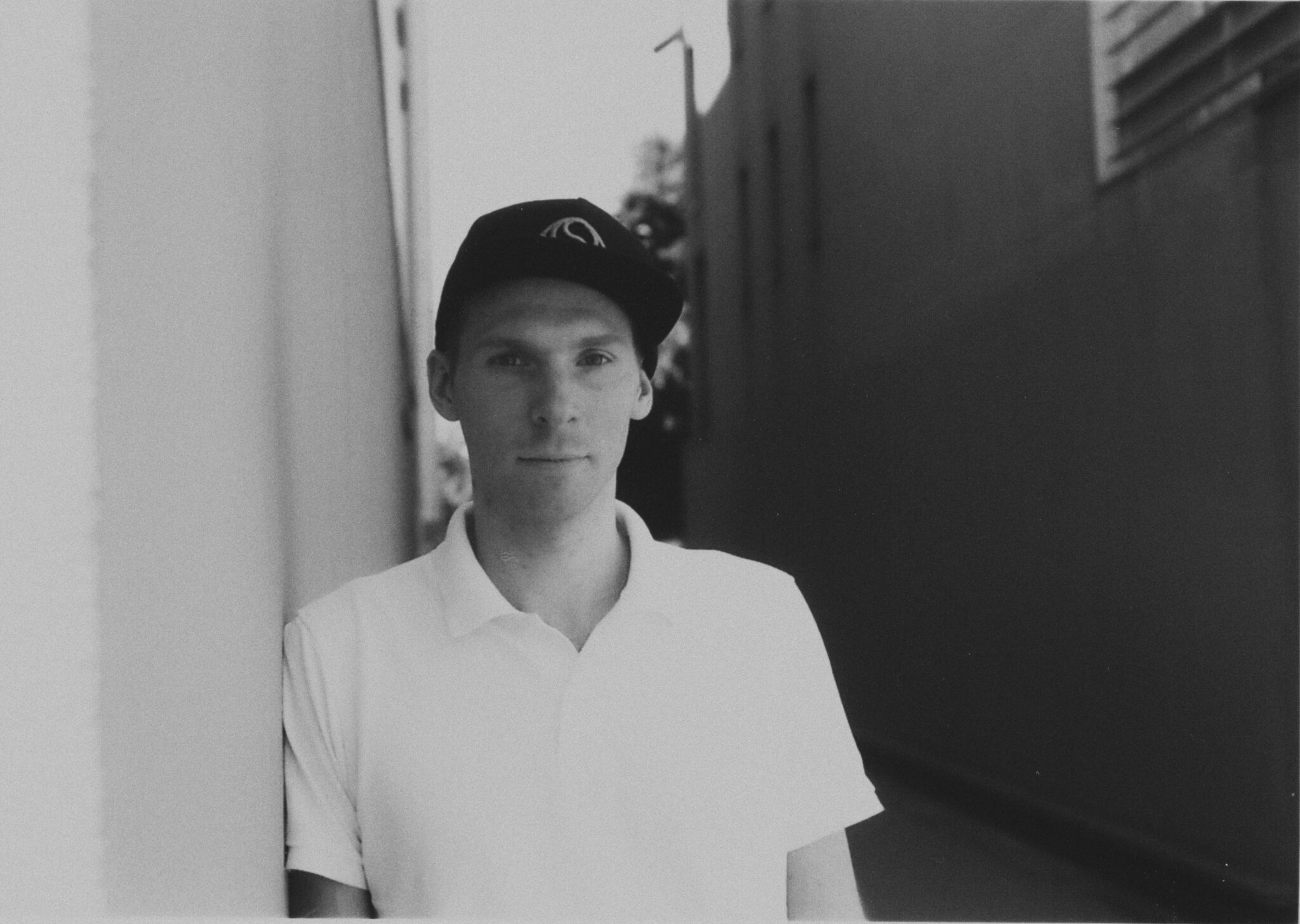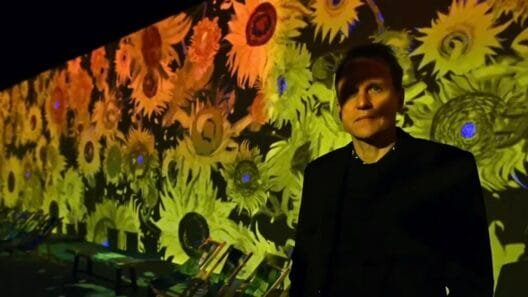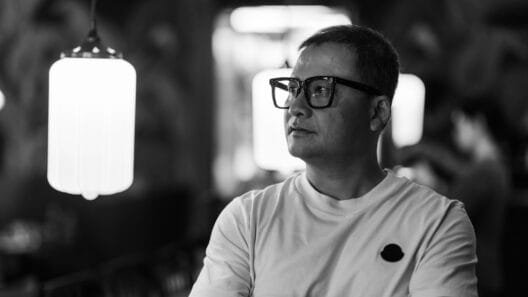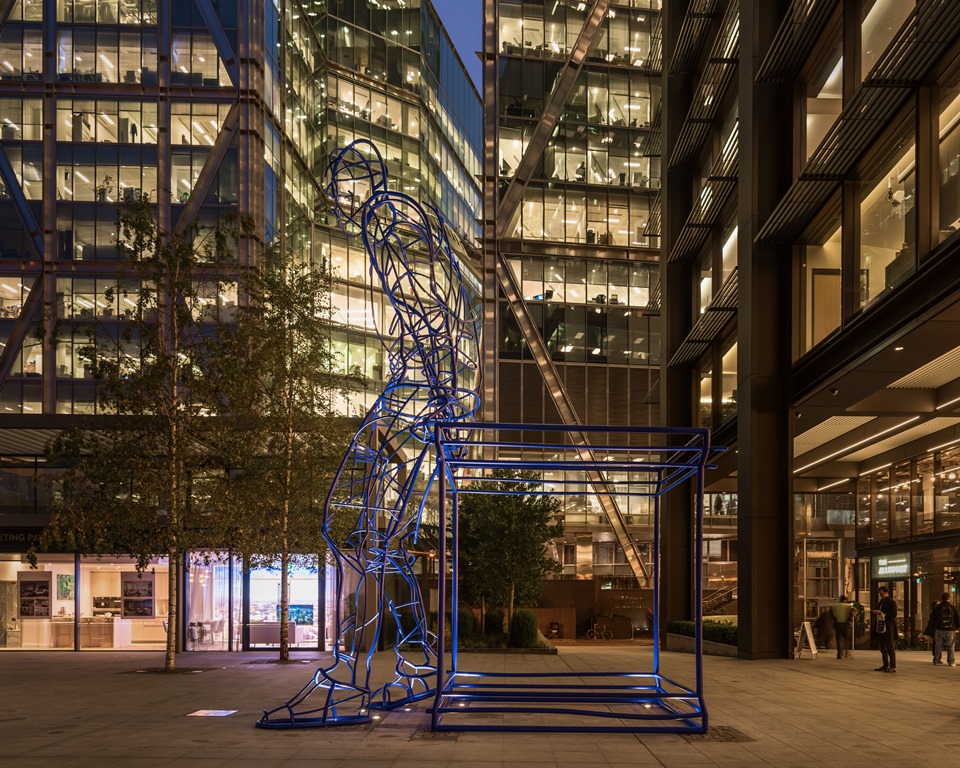Fine Artist, James Burke, has unveiled his latest installation In Anticipation in the heart of East London. The 30ft, 1.2 ton public artwork is situated within the half-acre public piazza of Principal Place, London headquarters for Amazon. Other recent notable pieces by Burke include his interactive artwork The Constant Need For Approval, recently exhibited as part of the Royal Academy of Arts 250th Summer Exhibition curated by Grayson Perry.
Inspired by the limitless possibilities of our next thought, move and action, the 30ft towering ultra-marine blue steel sculpture boldly nods to the nonconformist creative sentiment so deeply ingrained within the cultural identity of Shoreditch.
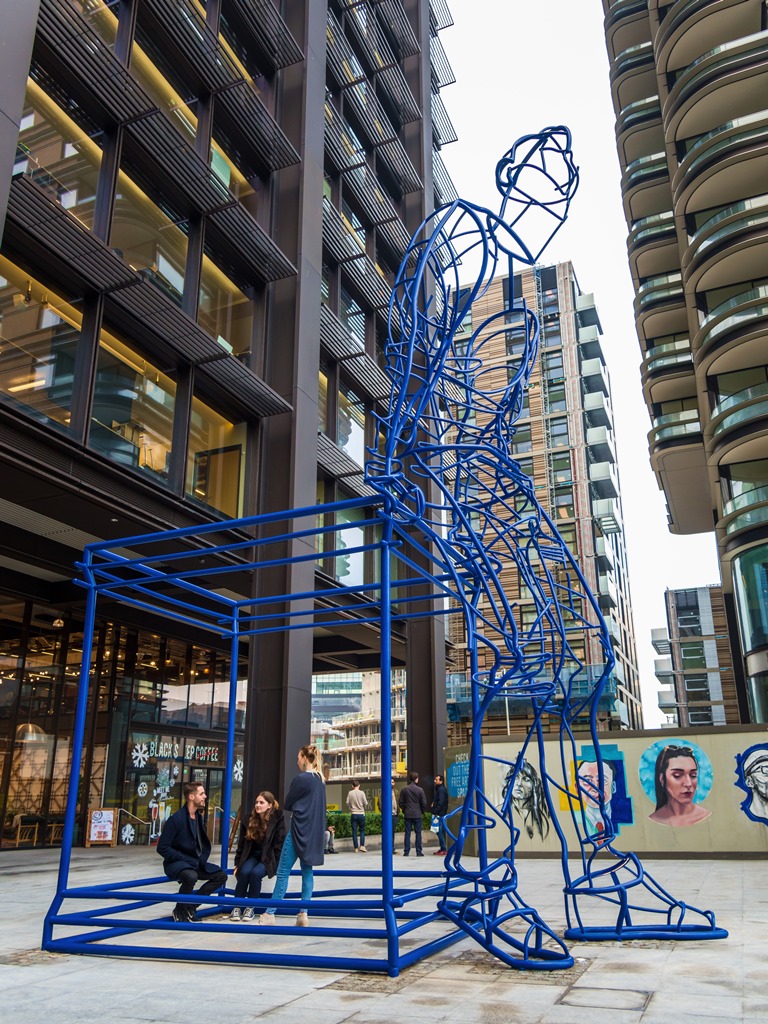
Echoing a seemingly playful hand drawn sketch, the waiting figure appears to have descended from its plinth and is perched against it, leaning forward expectantly with its head looking back towards the high street, capturing themes of suspense, vulnerability, optimism and possibility.
Playing with the notion of the traditional statue standing atop a plinth, this work suggests that in our defining moments – the likes of which would see us immortalised on such a pedestal – we are more vulnerable than the traditional depictions may suggest. Here the figure is shown surrendering this mighty pose, stepping down from their stage in a more relatable human moment of contemplation, apprehension and hope.
The execution and style is reminiscent of the hustle and bustle of London, whilst the figure itself paradoxically captures an intimate and transient moment frozen in time. In Anticipation offers the beginning of a story, and invites the viewer to create his or her own narrative surrounding the figure – in anticipation.
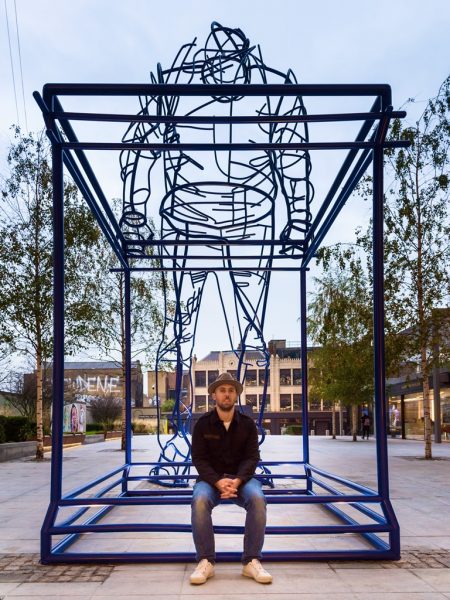
James Burke comments: “It’s a real honour and privilege to work at this scale in the public domain in my home city, and has been made even more special given that my studio is just round the corner. Through this artwork I feel I have given the viewer the first part of a story, but it is up to them to finish it off and fill in the blanks. My hope is that people can relate to the human aspect of the work, and see some of themselves in the narrative.”


